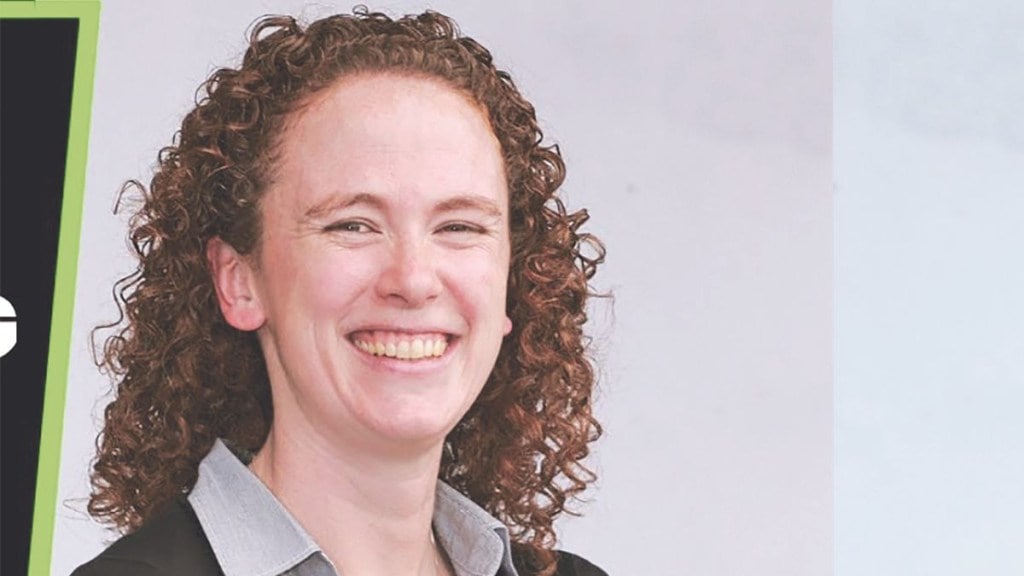India is LinkedIn’s fastest-growing market in terms of member engagement. In this interview, Valerie Beauchamp, VP, global head of agency development and education, marketing solution, LinkedIn, tells Akanksha Nagar why the platform wants to make diversity its key differentiator and how advertising can make the biggest societal impact in the areas of diversity and inclusion. Excerpts:
Every marketer worth his salt speaks of inclusivity these days. Why so? What’s LinkedIn’s stand as a brand?
Advertising has the opportunity to reflect the world as it should be and not as it is today. When we talk about the impact mass advertising can have on changing people’s perceptions of what the world could be, one can’t underestimate the impact of marketing and advertising on culture. One can tell different stories and include different people, and rightfully normalise such subjects. Advertising is one of the areas where we have the opportunity to make the biggest social impact and progress in areas of diversity and inclusion.
One of the things that is really distinct about LinkedIn is its professional context. When a user comes to it as a member, he/she seeks knowledge and information, while learning about firms or the people that lead those firms, and issues that are really important to certain sectors. By its nature, users are inclined to lean into stories where companies are talking about their efforts, actions, and commitments. On the platform, brands can have their own ‘page’ to talk about their own narrative and engage with the community and participate in the conversation.
So if you as a firm have a message that you are really keen to tell a population, your ability to do that and build relevant audiences on LinkedIn is pretty unique. We are really committed to being a platform that is built for the business-to-business (B2B) category. However, that doesn’t mean other categories of brands can’t gain value from it. Going forward, categories with high-value considerations (for instance, luxury, auto) that are quite similar to B2B will also be leveraging the platform. Regardless of the industry, one can have an opportunity to talk about issues around social impact and corporate responsibility on the platform — and that’s sector agnostic.
How can brands champion change? In fact, should brands espouse higher life purposes in the first place?
Marketers themselves have the opportunity to communicate inclusive stories from the perspective of their audiences. Agencies have to start thinking who is it they are bringing to the table and help guide marketers as they pursue this journey. Agencies also have a responsibility to think about how they can diversify their own talent base. They need to put forth women in leadership roles, and this applies to the differently abled, perhaps some indigenous people and people from the LGBTQIA community too. There’s a big number of talented women in the world that are not seated at the tables to help guide these conversations. Simply changing that, changes the nature of the conversation and ultimately changes the world.
How can LinkedIn as a brand facilitate the marketers’ journey in this direction?
LinkedIn’s vision is to create economic opportunities for every member of the global workforce. By design, we have a responsibility to both our members and our customers to be diverse, equitable and inclusive in how we think about the solutions, products, services, and offerings that we provide — whether to ensure equity in the way people look for a job or how to amplify certain voices, encourage certain content and conversation. Across the world, and certainly in India, we are committed to gender diversity and that’s not just in terms of our total employee population but also in ensuring that as one moves up in seniority, we maintain that diversity.
Has LinkedIn witnessed any changes in user behaviour on the platform after the pandemic?
India is our fastest-growing market in terms of member engagement and we now have 92 million members in the country. We saw an enormous increase in member engagement during Covid and interestingly, also saw an expansion of content and conversation topics. The world of work looks really different now than it was two-and-a-half years ago. Amid Covid, we saw a rise in the number of applications to jobs that were posted on the platform as being hybrid or fully remote, which essentially is indicative of a behaviour change from job seekers. At present, we’ve actually seen a decline in the percentage of jobs posted on the platform that are hybrid or remote as compared to those posted during the pandemic but we certainly are in a different ecosystem now in relation to how people think about jobs.
Also Read: New, but not pushovers

